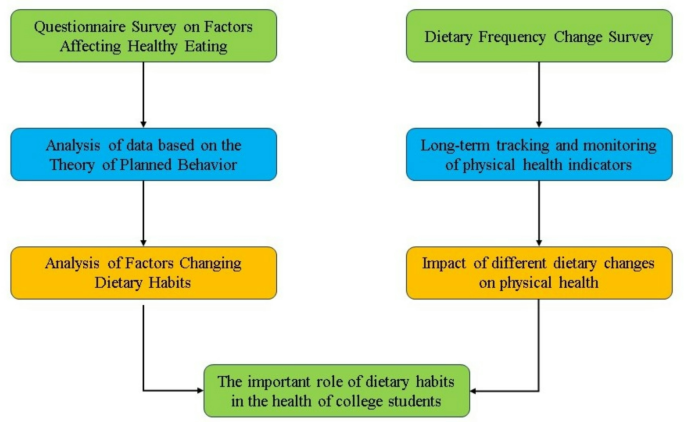Assessing protein needs for performance

If you are training for an upcoming distance race or another athletic event, you may be looking for ways to fine-tune your program and up your performance. Now’s the time to take another look at what you’re eating since nutrition is a key component of your training plan.
Do you know how much protein you need when exercising? Judging by all the protein bars, shakes and powders out there, you could be led to believe you need a protein supplement.
Contrary to the hype that everyone needs more protein, most people in the U.S. meet or exceed their daily protein needs. This is especially true for males ages 19–59. The Dietary Guidelines for Americans 2020–2025 indicate that men in that age range exceed their protein recommendations, especially from meat, poultry and eggs. Even athletes often get more protein than they need without supplements because their calorie requirements are higher. With more food comes more protein.
Where does protein come from?
The healthiest protein options are plant sources, such as soy, nuts, seeds, beans and lentils. But lean meats, such as skinless, white-meat chicken or turkey; a variety of fish or seafood; egg whites; and low-fat dairy also are excellent protein sources.
Meet your dietary protein needs with whole foods like these rather than supplements whenever possible. Manufactured supplements are no more effective in building lean muscle mass than whole foods, as long as you’re eating enough whole foods each day. Supplements also don’t contain the additional nutrients you get from whole foods.
Complete and incomplete protein differences
Proteins are made up of 20 amino acids, and each plays an important role. The body can make 11 of these amino acids, called nonessential, but not the remaining nine, called essential. A food is considered a complete protein when it contains all nine essential amino acids. Incomplete proteins contain some, but not all, of them. An incomplete protein doesn’t mean that it’s a bad food source. It just means that you need to include complementary foods throughout the day.
Incomplete protein sources often are plant-based, such as nuts, seeds, beans and whole grains. To make a complete protein, incomplete protein foods can be combined. Examples of these complementary combinations include peanut butter on wheat bread or with oatmeal, hummus with pita bread or brown rice and black beans.
We now know that complementary foods don’t need to be eaten together in the same meal. Your body can create a complete protein if you include a variety of these foods in your meals and snacks.
How much protein do you need?
This true-or-false quiz can help you assess how much protein you need.
True or false: Bigger steaks equal bigger muscles.
False. Although adequate daily protein is necessary, extra strength training leads to muscle growth — not additional protein intake. You can’t build muscle without the exercise to go with it.
The body can’t store protein, so once your needs are met, any extra is used for energy or stored as fat. Excess calories from any source will be stored as fat in the body.
Extra protein intake also can lead to elevated blood lipids and heart disease because many high-protein foods are high in total and saturated fat. Excess protein intake, which can tax the kidneys, poses an additional risk to people predisposed to kidney disease.
True or false: 50% of daily calories should come from protein.
False. Anywhere from 10% to 35% of your calories should come from protein. So if your needs are 2,000 calories, that’s 200–700 calories from protein or 50–175 grams. The recommended dietary allowance to prevent deficiency for an average sedentary adult is 0.8 grams per kilogram of body weight. For example, a person weighing 165 pounds, or 75 kilograms, should consume 60 grams of protein daily.
To convert your body weight in pounds to kilograms, divide your weight by 2.2.
Once you reach ages 40–50, sarcopenia, or loss of muscle mass, begins to set in. To prevent it and maintain independence and quality of life, your base protein needs increase to about 1–1.2 grams per kilogram body weight or 75–90 grams per day for a 165-pound person.
People who regularly exercise have higher protein needs of about 1.1–1.5 grams per kilogram of body weight. People who regularly lift weights, or are training for a running or cycling event need 1.2–1.7 grams per kilogram. Excessive protein intake would be more than 2 grams per kilogram of body weight each day.
If you’re overweight, you may want to consult with a dietitian who can help you calculate your protein and other nutrition needs.
True or false: It’s best to eat protein throughout the day.
True. On average, people get most of their protein during evening meals and the least amount at breakfast. Some newer studies show that moving some protein from supper to breakfast can help with weight management by decreasing hunger and cravings throughout the day. More research is needed before these claims can be verified.
General recommendations are to consume 15–30 grams of protein at each meal. Studies show higher intakes — those more than 40 grams — in one sitting are no more beneficial than the recommended 15–30 grams at one time.
True or false: Planning meals with 15–30 grams of protein is complicated.
False. Here’s what 15–30 grams of protein look like:
- Breakfast
A banana, Greek yogurt and a hard-boiled egg will get you 19 grams of protein on average. Or start your day with an easy egg bake. Each serving has 17 grams of protein. - Lunch
An egg and bean burrito with a glass of milk is about 28 grams of protein. These black bean quesadillas have 14 grams of protein. Boost the protein by adding chicken or shrimp. - Dinner
A 3-ounce chicken breast with a half-cup of rice and a half-cup of vegetables amounts to 25 grams of protein. This main dish chicken salad gives you 27 grams of protein.
As you can see, getting the recommended 15–30 grams per meal is easy. Most people — even athletes — can reach their protein needs by including a serving of dairy at each meal and a piece of meat the size of a deck of cards at lunch and supper.
Protein shouldn’t be the entire meal, but should be paired with fruits, vegetables and whole grains. If you think you need more protein, consider adding more beans, lentils, soy or seafood rather than processed supplements.
If you choose to use a protein supplement, here’s what to look for:
- About 200 or fewer calories
- 2 grams or less of saturated fat
- No trans fat or partially hydrogenated oils
- 5 grams of sugar or less
- Avoid long lists of ingredients you can’t pronounce
Need additional advice and recommendations for building a nutrition plan to support your training program? Consider consulting with a dietitian.
Kristi Wempen is a dietitian in Nutrition in Mankato, Minnesota.
link







:max_bytes(150000):strip_icc()/EWL-best-no-added-sugar-drinks-to-hydrate-8675270-3x2_preview-c0d05cf54f864461ac848b3bc4b1f12f.jpg)